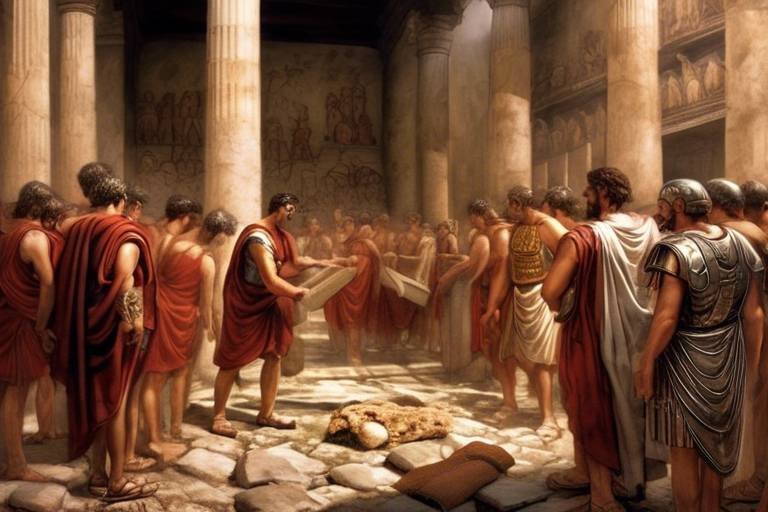The Disappearance of the Anasazi - What Happened to Them?
The Anasazi, a mysterious ancient civilization that once thrived in the arid landscapes of the southwestern United States, have left behind a legacy shrouded in enigma and intrigue. Their sudden disappearance from the historical record has puzzled archaeologists and historians for centuries, sparking numerous theories and speculations about their fate. What led to the vanishing of the Anasazi people, and what clues can we uncover from their archaeological remnants?
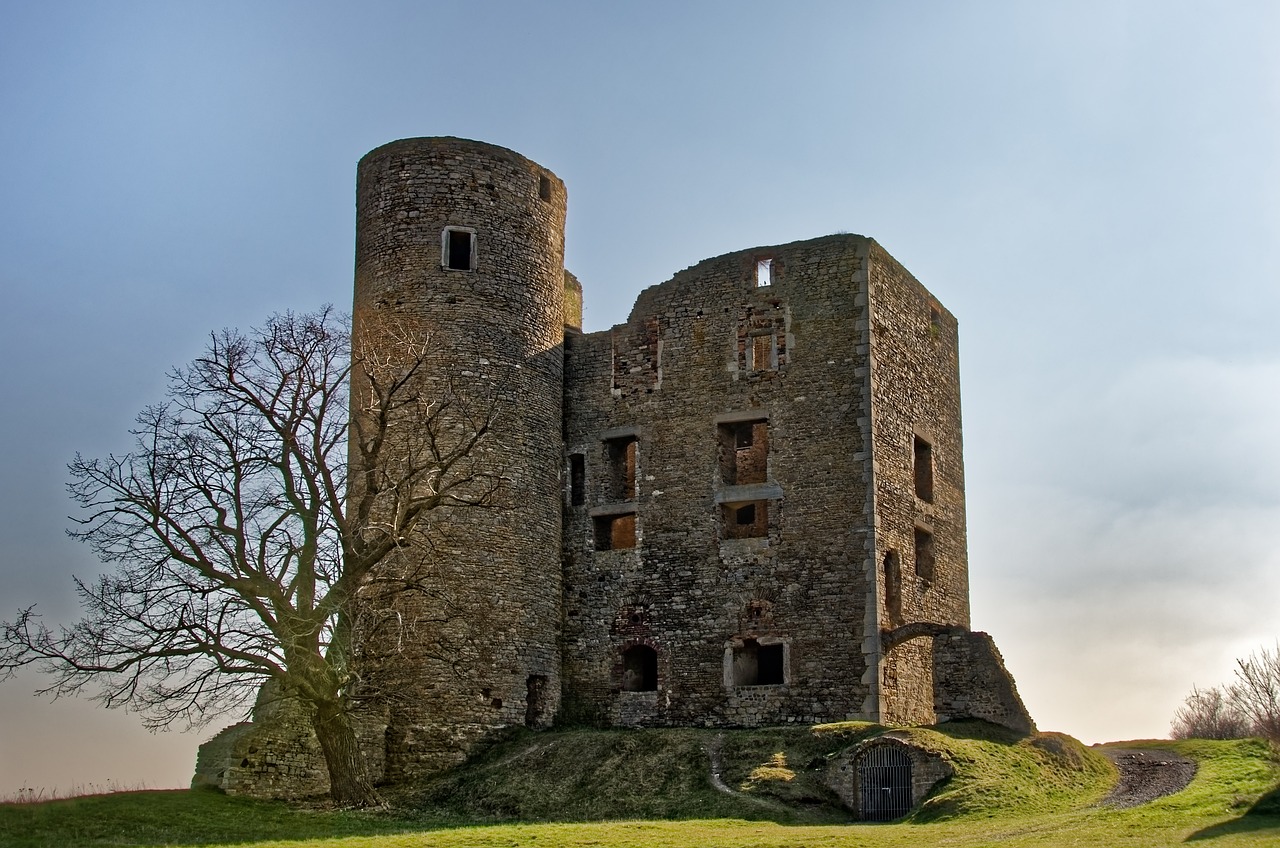
Who Were the Anasazi?
The Anasazi, a fascinating ancient Native American civilization, once thrived in the arid landscapes of the southwestern United States. The term "Anasazi" is Navajo for "ancient ones" or "ancient enemy," reflecting the mystery and intrigue that surrounds this enigmatic culture. These people, also known as the Ancestral Puebloans, inhabited the Four Corners region of present-day Arizona, Colorado, New Mexico, and Utah. Their society emerged around 200 A.D. and flourished for centuries, leaving behind a rich legacy of art, architecture, and agricultural innovation.
Living in intricate cliff dwellings and pueblos, the Anasazi were adept farmers, cultivating maize, beans, and squash in the challenging desert environment. Their advanced irrigation techniques allowed them to sustain large populations and create thriving communities amidst the harsh conditions of the American Southwest. The Anasazi were skilled artisans, creating pottery, textiles, and intricate petroglyphs that provide insights into their beliefs and daily life.
One of the most distinctive features of the Anasazi culture was their impressive architecture, including the iconic cliff dwellings of Mesa Verde and Chaco Canyon. These elaborate structures, built into the natural sandstone cliffs, served as communal living spaces and ceremonial sites, showcasing the Anasazi's engineering prowess and cultural sophistication.
Despite their remarkable achievements, the Anasazi civilization faced challenges that ultimately led to their mysterious disappearance. The reasons behind their vanishing remain a subject of debate and speculation, with various theories attempting to unravel the enigma of what happened to these ancient people. The next sections will delve deeper into the possible factors that contributed to the decline of the Anasazi and explore the enduring legacy they left behind.
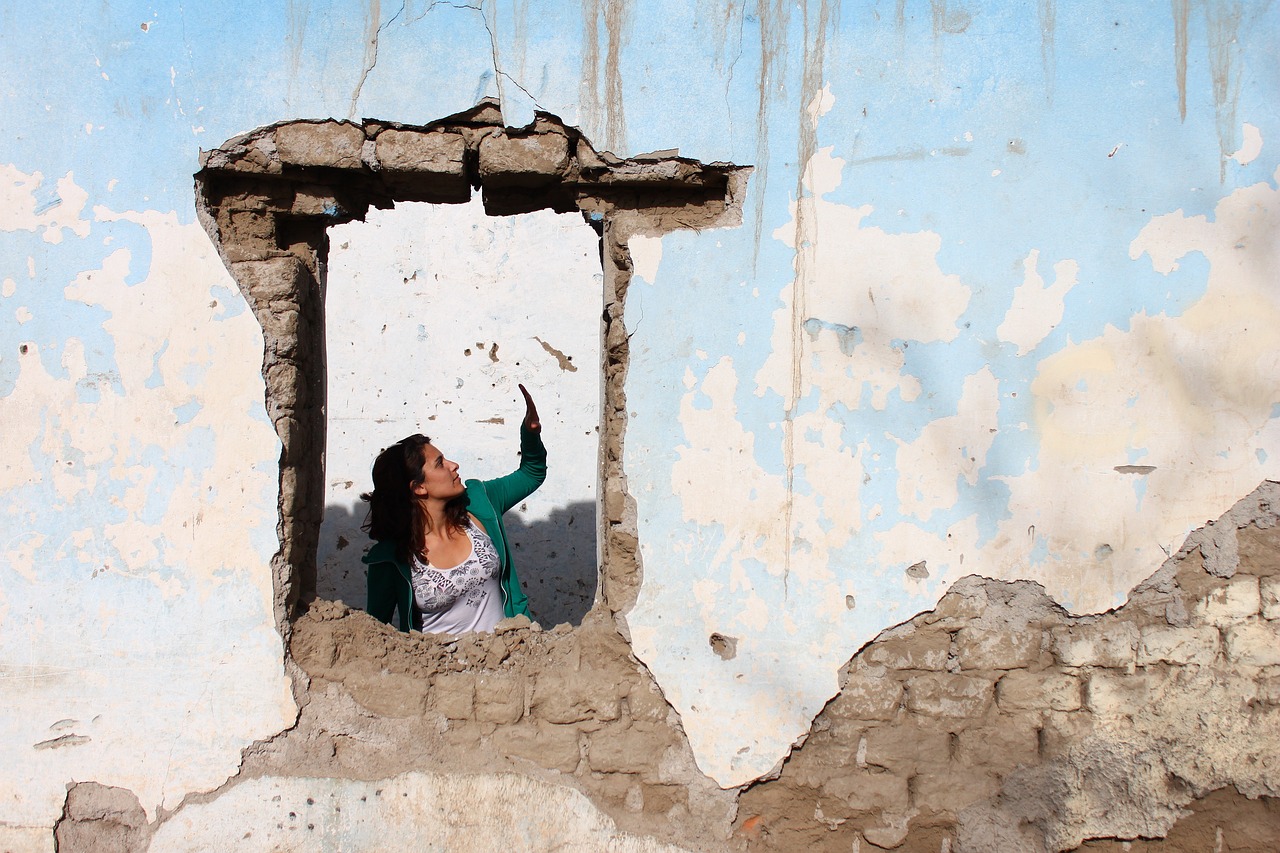
Possible Theories
The Anasazi were an ancient Native American civilization that thrived in the southwestern United States, particularly in the present-day Four Corners region, encompassing parts of Arizona, Colorado, New Mexico, and Utah. Their name, which translates to "ancient ones" or "ancient enemies" in Navajo, reflects the mystery and intrigue surrounding their culture and eventual disappearance.
As researchers and archaeologists delve into the enigmatic vanishing of the Anasazi civilization, several theories have emerged to explain their sudden disappearance. While definitive answers remain elusive, these hypotheses offer compelling insights into the fate of this ancient society.
One prevailing theory suggests that environmental challenges played a significant role in the decline of the Anasazi. Prolonged drought, shifting climate patterns, and ecological disruptions may have strained their agricultural practices and resources, leading to food scarcity and societal upheaval.
Another perspective focuses on the internal dynamics of Anasazi society, proposing that social unrest, conflicts over resources, or migration patterns could have destabilized their communities. Disputes over leadership, trade routes, or cultural differences may have contributed to their ultimate dispersal.
Through meticulous excavations and research, archaeologists have uncovered vital clues that offer glimpses into the fate of the Anasazi people. Abandoned cliff dwellings, ceremonial structures, and artifacts provide valuable insights into their daily lives, beliefs, and interactions with the surrounding environment.
The haunting abandonment of Anasazi settlements, such as Mesa Verde and Chaco Canyon, raises intriguing questions about the circumstances that led to their desertion. The sudden evacuation of these once-thriving communities hints at a dramatic event or series of events that prompted their inhabitants to leave behind their homes and belongings.
Despite their disappearance, the legacy of the Anasazi civilization endures in the traditions, artistry, and spiritual practices of contemporary Native American tribes. Their architectural achievements, intricate pottery, and cosmic symbolism continue to influence and inspire modern interpretations of indigenous heritage.
Today, the descendants of the Anasazi people live on through the diverse Native American tribes that trace their ancestry back to this ancient civilization. The connection between past and present resonates in shared cultural traditions, languages, and a deep-rooted reverence for the land that sustained their forebears.
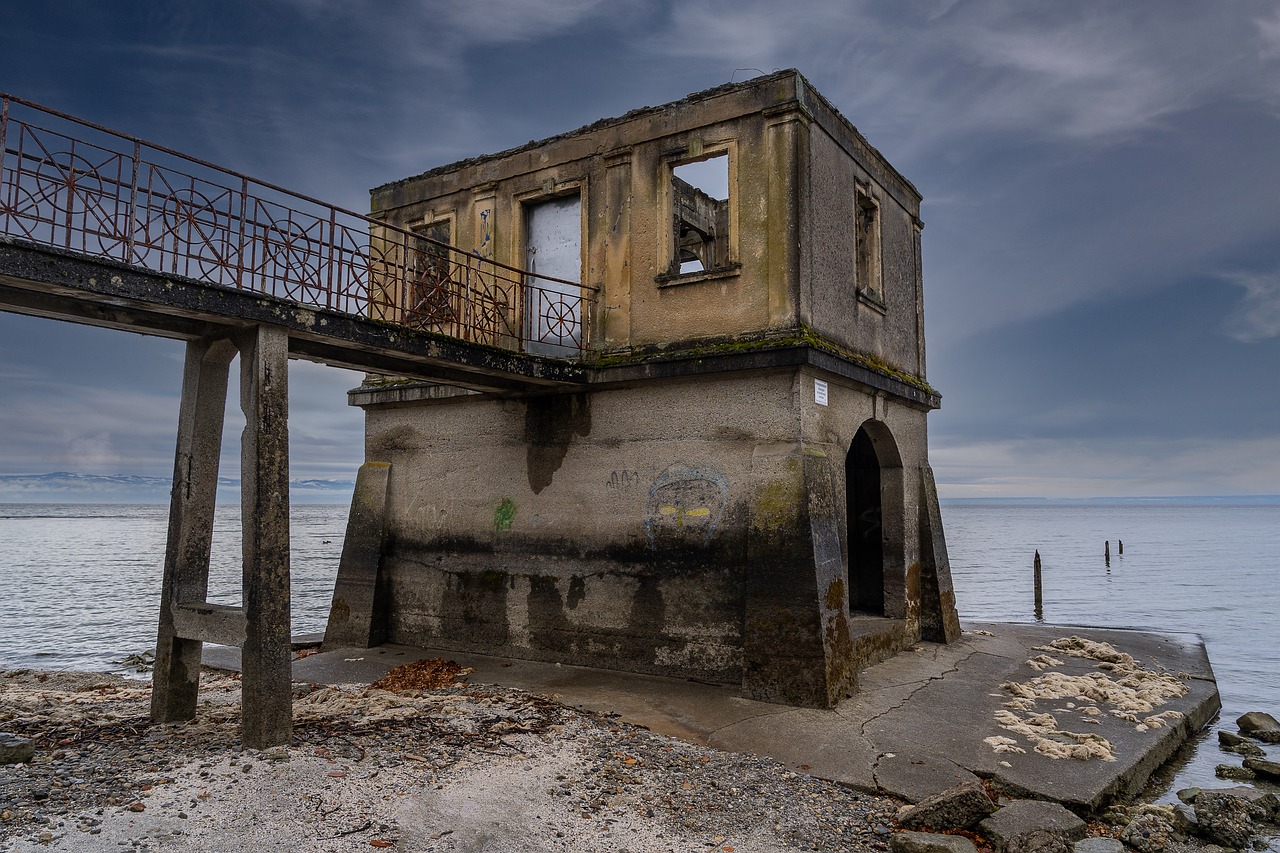
Environmental Factors
When delving into the mysterious disappearance of the Anasazi civilization, it is crucial to consider the that may have played a significant role in their decline. The arid landscape of the southwestern United States, where the Anasazi thrived, presented unique challenges that could have ultimately led to their downfall.
One of the primary environmental factors that scholars have pointed to is drought. The Anasazi inhabited an area prone to irregular rainfall patterns, and prolonged periods of drought could have put immense pressure on their agricultural practices and food supply. Without sufficient water for crops and livestock, the Anasazi may have struggled to sustain their population.
Additionally, climate change might have also contributed to the challenges faced by the Anasazi. Shifts in temperature and precipitation patterns could have disrupted their farming techniques and forced them to adapt to new environmental conditions. Such rapid changes could have destabilized their society and led to resource scarcity.
The harsh environment of the region, characterized by rugged terrain and limited natural resources, could have further exacerbated the situation for the Anasazi. With limited arable land and water sources, the Anasazi may have faced constant struggles to secure enough food and shelter for their communities.
Moreover, the impact of environmental degradation cannot be overlooked. Overexploitation of resources, deforestation, and soil erosion may have degraded the land on which the Anasazi depended for their survival. As their environment deteriorated, the Anasazi may have found it increasingly challenging to maintain their way of life.
In conclusion, while the exact role of environmental factors in the disappearance of the Anasazi remains a subject of debate among scholars, it is clear that the challenging natural conditions of the region likely played a crucial part in shaping the fate of this ancient civilization.
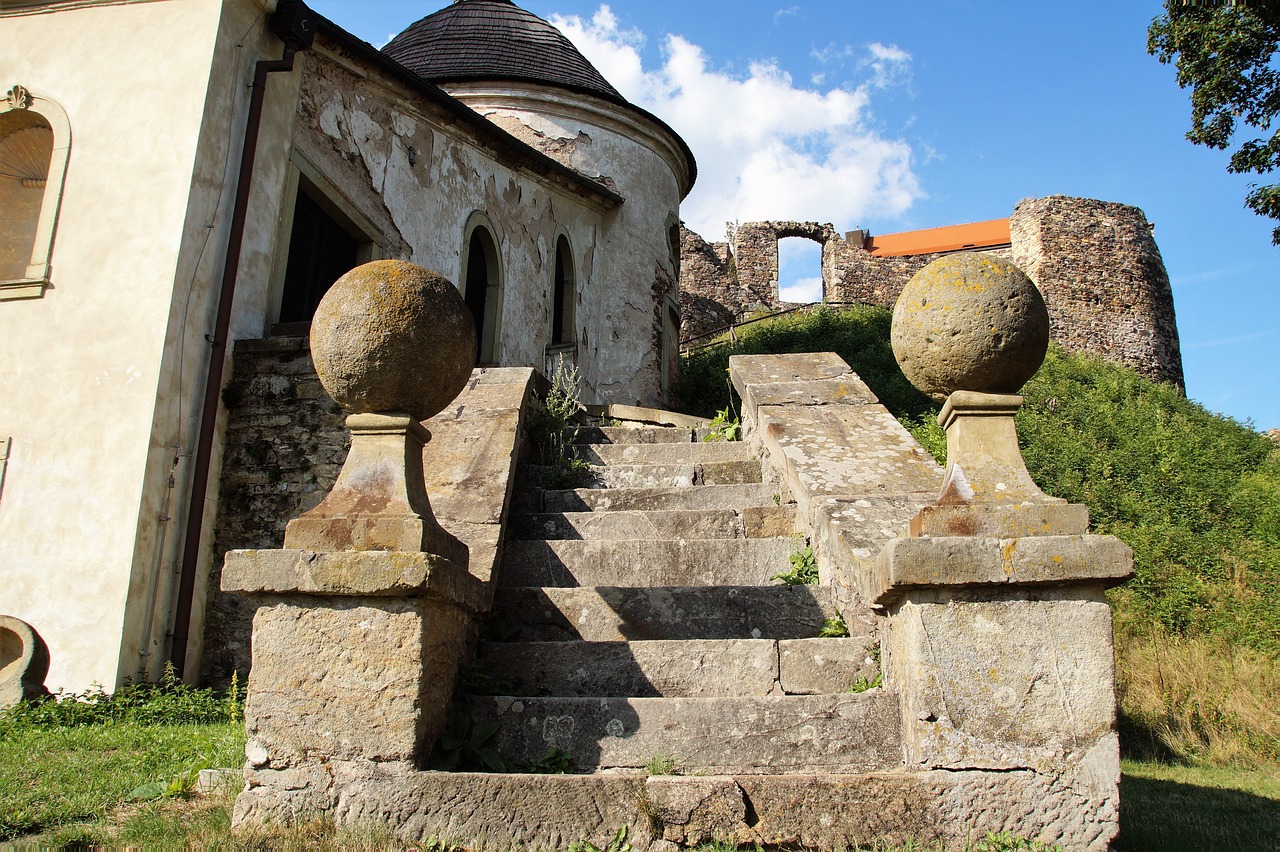
Social Dynamics
Social dynamics played a crucial role in the Anasazi society and may have contributed to their mysterious disappearance. The intricate web of social interactions, power structures, and cultural norms within the Anasazi community could have influenced their fate in significant ways. Conflict and competition for resources might have led to internal strife, weakening the fabric of their civilization. Additionally, migration patterns and interactions with neighboring tribes could have introduced new challenges and disruptions to the established social order of the Anasazi. These social dynamics, intertwined with environmental pressures, could have created a complex environment that ultimately impacted the sustainability of the Anasazi way of life.
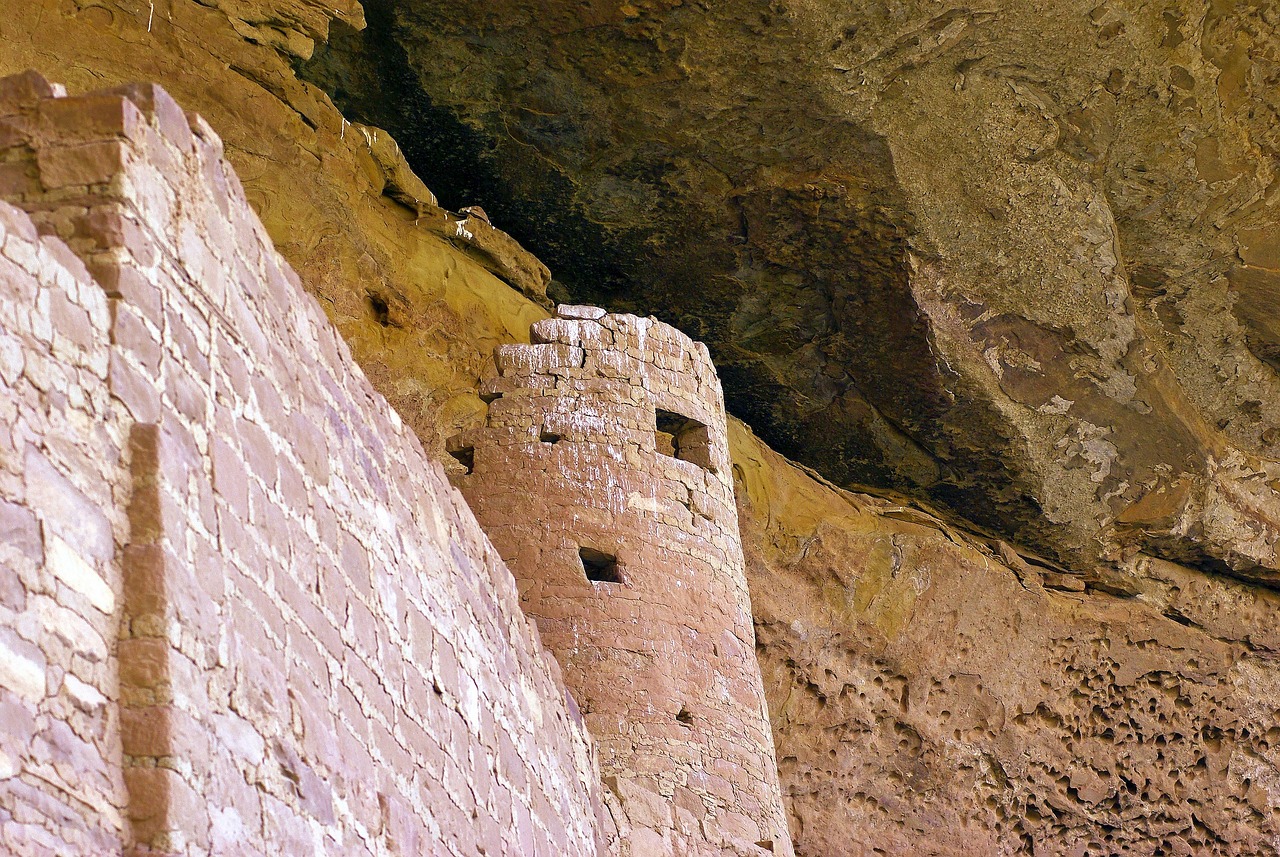
Archaeological Discoveries
When it comes to unraveling the mystery of the Anasazi civilization, archaeology plays a crucial role in piecing together the puzzle of their disappearance. Through meticulous excavations and analysis of artifacts, archaeologists have unearthed significant discoveries that offer insights into the fate of the Anasazi people.
One of the most striking archaeological findings is the abandoned cliff dwellings that dot the landscape of the southwestern United States. These intricate structures, built into the natural sandstone cliffs, provide a glimpse into the daily lives of the Anasazi and the architectural sophistication they possessed. The preservation of these dwellings offers a tangible connection to the past, allowing us to imagine the bustling communities that once thrived in these remote locations.
Furthermore, excavations at Anasazi sites have revealed a wealth of artifacts, including pottery, tools, and religious artifacts. These items not only showcase the artistic and technological prowess of the Anasazi civilization but also offer clues about their societal structure, trade networks, and religious beliefs. By studying these artifacts, archaeologists can piece together the cultural tapestry of the Anasazi people and gain a deeper understanding of their way of life.
Moreover, recent archaeological research has shed light on the agricultural practices of the Anasazi and how they managed to sustain themselves in the arid landscape of the Southwest. The discovery of ancient irrigation systems, crop storage facilities, and agricultural terraces indicates a sophisticated understanding of farming techniques and water management. These findings challenge the notion of the Anasazi as a primitive society and highlight their resilience in the face of environmental challenges.
Through a combination of excavation, analysis, and interpretation, archaeologists continue to uncover new discoveries that contribute to our knowledge of the Anasazi civilization. Each artifact unearthed and each site excavated adds another piece to the puzzle, bringing us closer to understanding the enigmatic disappearance of the Anasazi people.
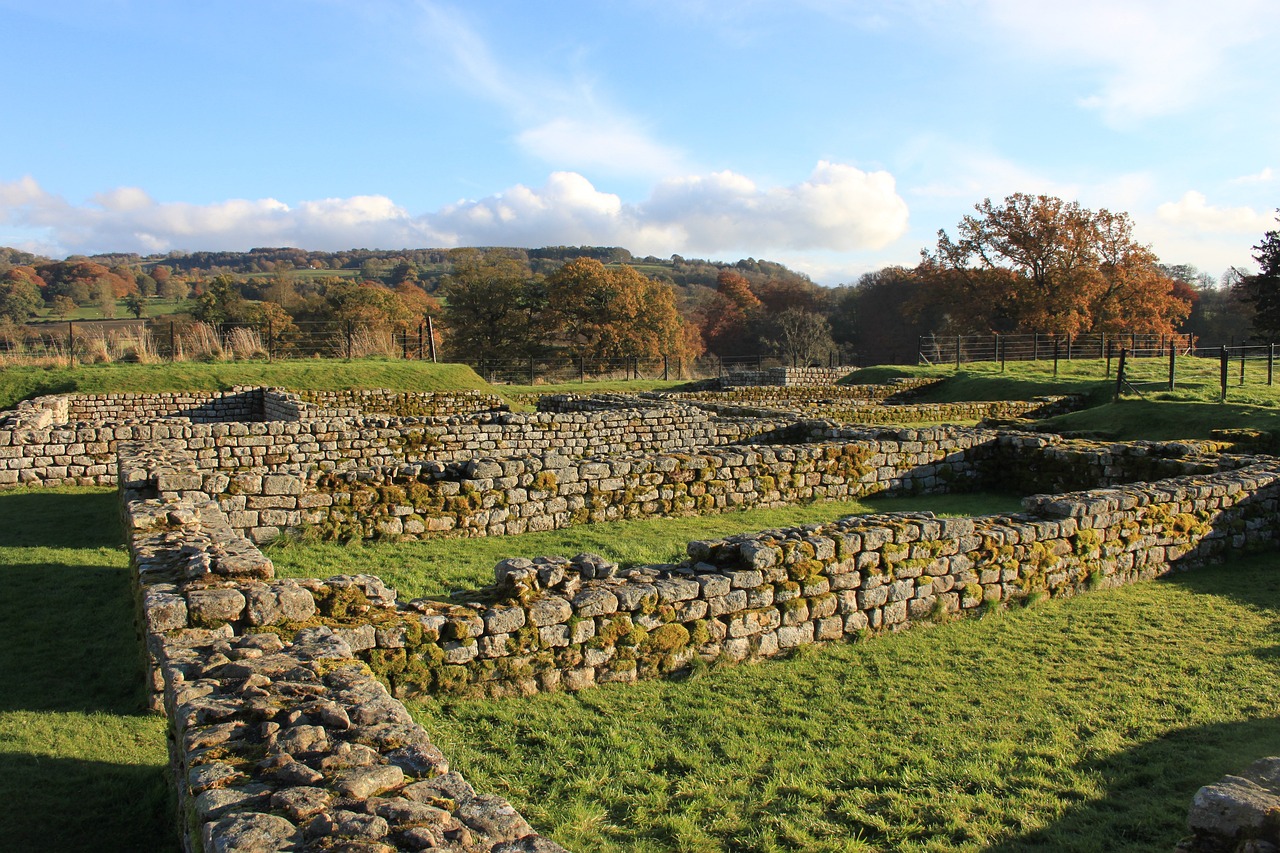
Abandonment of Settlements
When delving into the mysterious disappearance of the Anasazi civilization, one of the most intriguing aspects that researchers have focused on is the abandonment of their settlements. The Anasazi, known for their impressive cliff dwellings and villages nestled in the canyons of the Southwest, suddenly left these architectural marvels behind, leaving behind a haunting enigma.
Archaeological excavations of these abandoned settlements have revealed fascinating clues about the final days of the Anasazi people. The sudden departure from these meticulously constructed dwellings raises questions about what prompted their mass exodus. Were they fleeing from a common threat, or was it a gradual dispersal due to internal strife?
One of the prevailing theories suggests that environmental factors played a significant role in the abandonment of Anasazi settlements. The arid climate of the region, coupled with prolonged droughts and dwindling resources, may have pushed the Anasazi to seek greener pastures elsewhere. The once-thriving agricultural practices of the Anasazi could have been severely impacted by these harsh conditions, leading to their ultimate decision to leave their homes behind.
Moreover, evidence of violence and conflict found in some abandoned settlements hints at the possibility of social unrest within the Anasazi society. It is speculated that internal strife, power struggles, or clashes with neighboring tribes could have contributed to the breakdown of their once stable communities, forcing them to scatter in search of safety and stability.
The abandonment of Anasazi settlements is not merely a physical departure but a poignant symbol of a civilization in upheaval. The empty cliff dwellings stand as silent witnesses to a bygone era, prompting us to ponder the untold stories of a people who vanished into the mists of time.
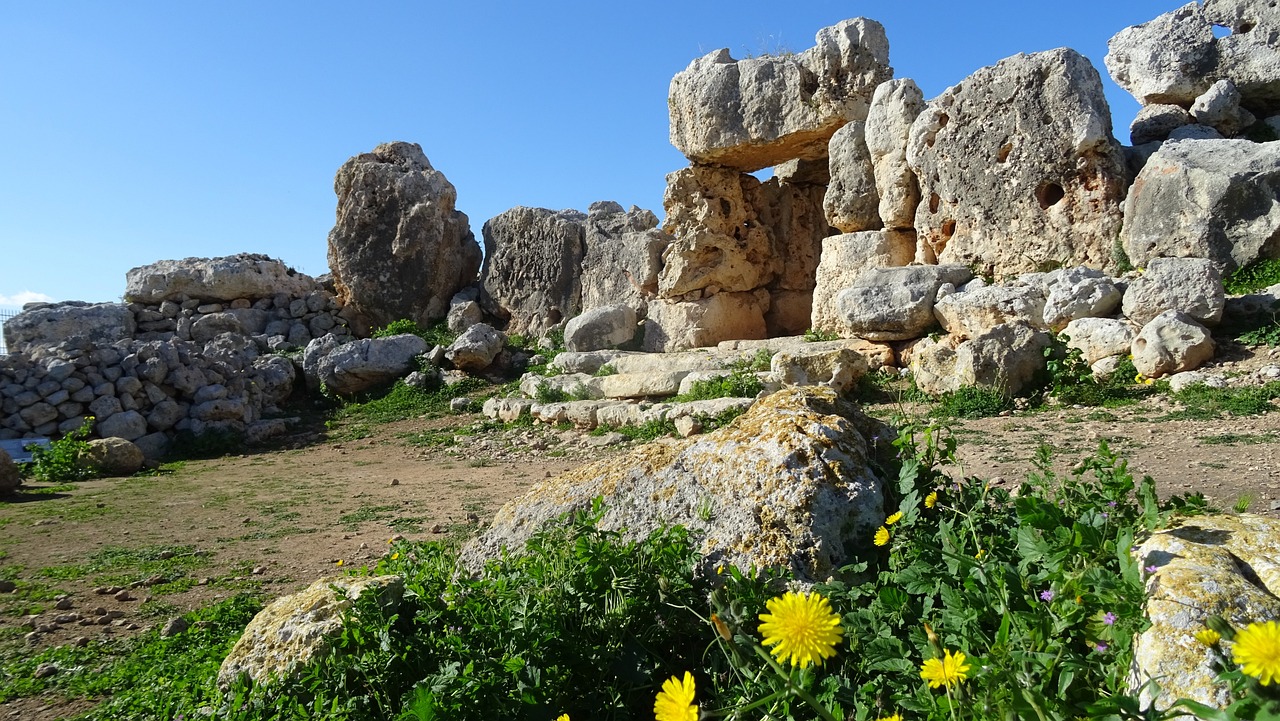
Cultural Legacy
When exploring the of the Anasazi civilization, we uncover a rich tapestry of traditions and practices that have endured through time. The legacy of the Anasazi people is deeply intertwined with the history and culture of modern Native American tribes, serving as a testament to their resilience and ingenuity.
One of the most striking aspects of the Anasazi cultural legacy is their remarkable architectural achievements, exemplified by the intricate cliff dwellings and villages that still stand today as a testament to their advanced building techniques. These structures not only showcase their engineering prowess but also provide valuable insights into their daily lives and social organization.
Furthermore, the Anasazi's artistic expressions, such as pottery, petroglyphs, and textiles, continue to inspire contemporary Native American artists and artisans. The intricate designs and motifs found in Anasazi artifacts reflect their deep connection to the natural world and spiritual beliefs, serving as a source of inspiration for generations to come.
The spiritual beliefs and practices of the Anasazi also hold a significant place in their cultural legacy. Their reverence for the land, celestial bodies, and ancestral spirits is echoed in the spiritual traditions of many Native American tribes today, underscoring the enduring influence of Anasazi cosmology on indigenous spirituality.
Moreover, the Anasazi's sophisticated agricultural practices, including the construction of irrigation systems and terraced fields, have left a lasting impact on sustainable farming methods still used by Native American communities. Their knowledge of the land and ability to adapt to environmental challenges serve as a model for ecological stewardship and resource management.
In essence, the cultural legacy of the Anasazi is a testament to their resilience, creativity, and adaptability in the face of adversity. By delving into their traditions, artistry, and spiritual beliefs, we gain a deeper appreciation for the enduring influence of this ancient civilization on the tapestry of Native American culture.
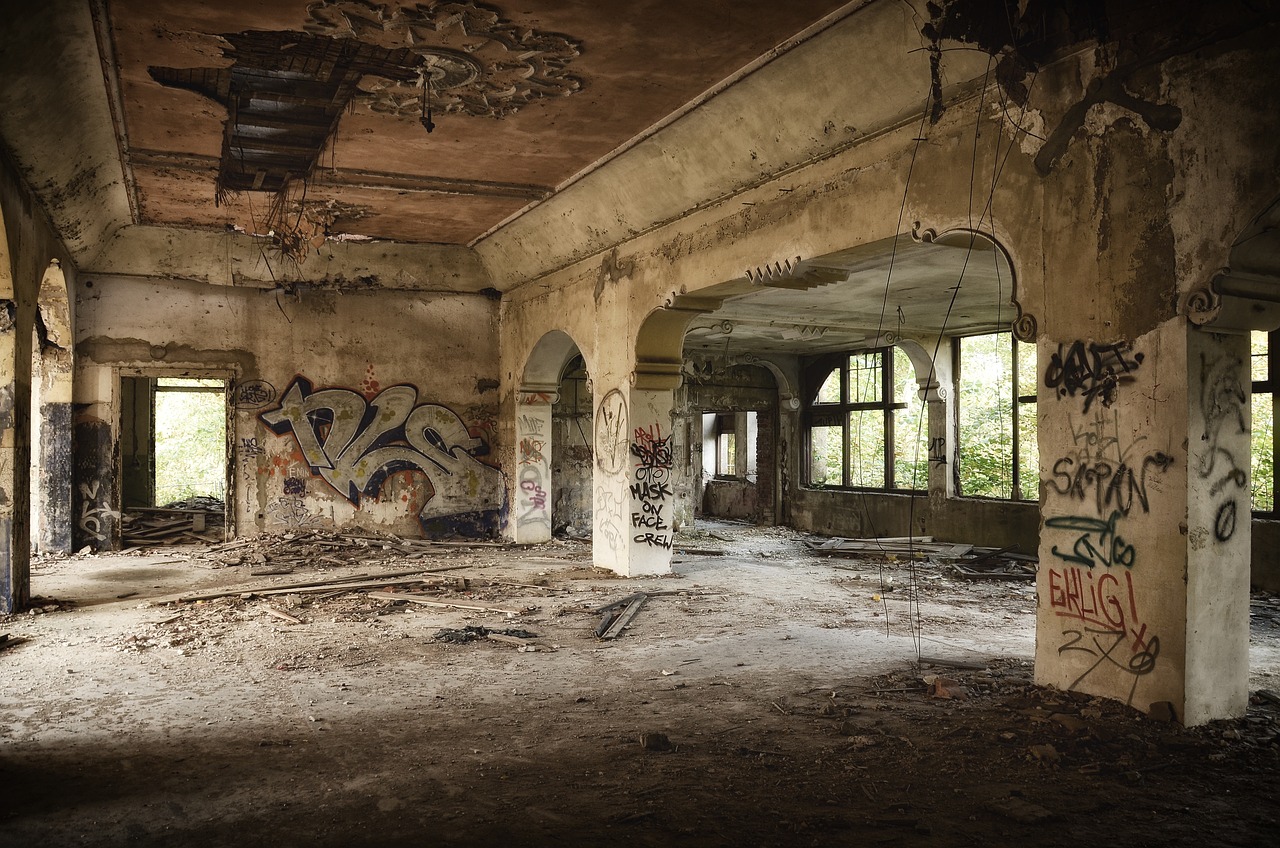
Modern Descendants
Modern Native American tribes hold a significant connection to the ancestral heritage of the Anasazi people. Through archaeological evidence and oral traditions passed down through generations, many tribes in the Southwest United States can trace their lineage back to the Anasazi civilization. The Pueblo people, for example, are often regarded as direct descendants of the Anasazi, maintaining cultural practices and beliefs that have persisted for centuries.
Frequently Asked Questions
- What is the significance of the Anasazi civilization?
The Anasazi civilization, also known as the Ancestral Puebloans, played a crucial role in the history of the southwestern United States. Their advanced architectural achievements, such as the cliff dwellings at Mesa Verde, showcase their ingenuity and adaptability to the challenging desert environment.
- Why did the Anasazi disappear?
The disappearance of the Anasazi remains a mystery, with various theories suggesting environmental factors, social dynamics, or even migration as potential causes. The sudden abandonment of their settlements and villages raises questions about what led to the decline of this once-thriving civilization.
- What is the cultural legacy of the Anasazi people?
The cultural legacy of the Anasazi continues to influence modern Native American tribes, as their artistic traditions, agricultural practices, and architectural achievements have left a lasting impact on the region. Exploring their heritage provides valuable insights into the interconnectedness of indigenous cultures.







